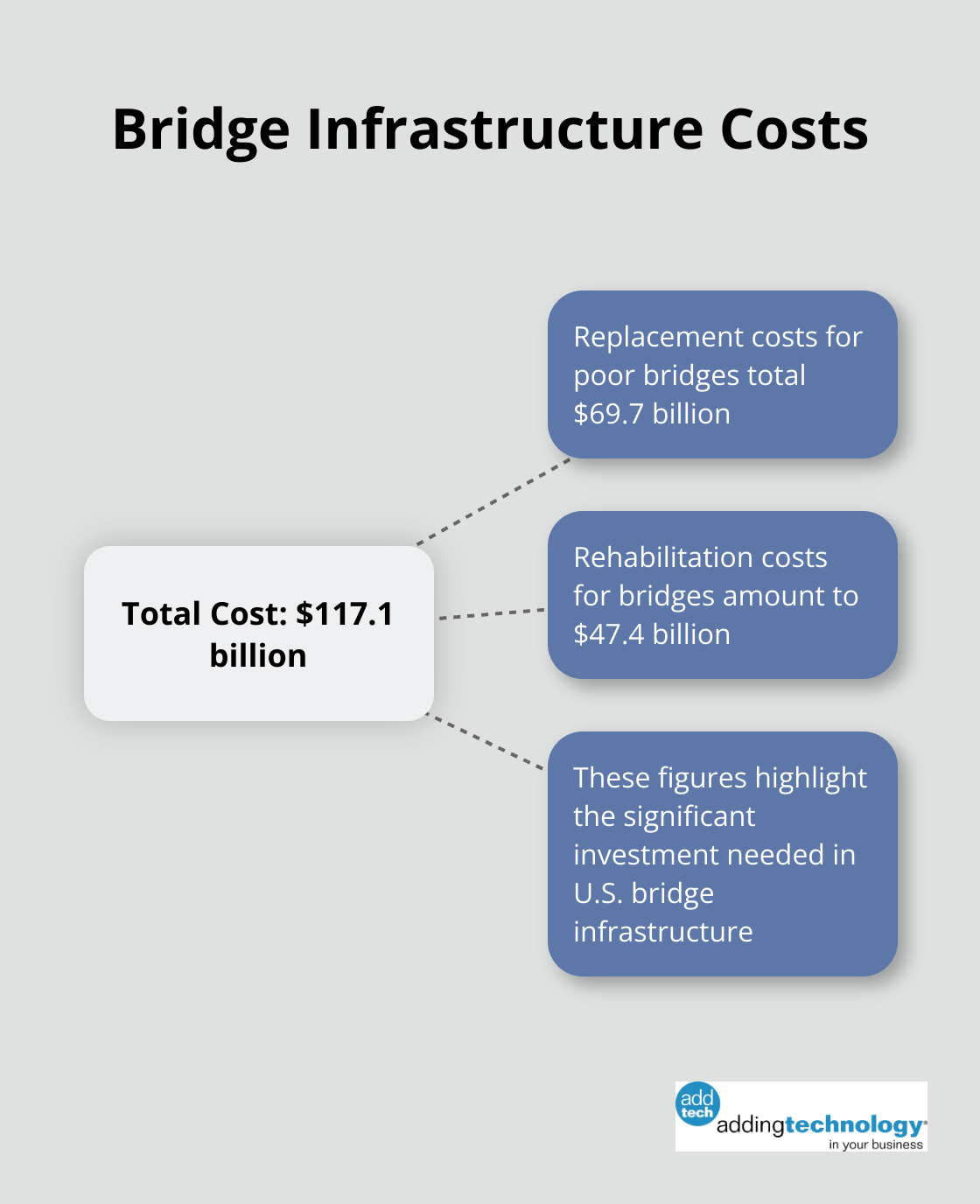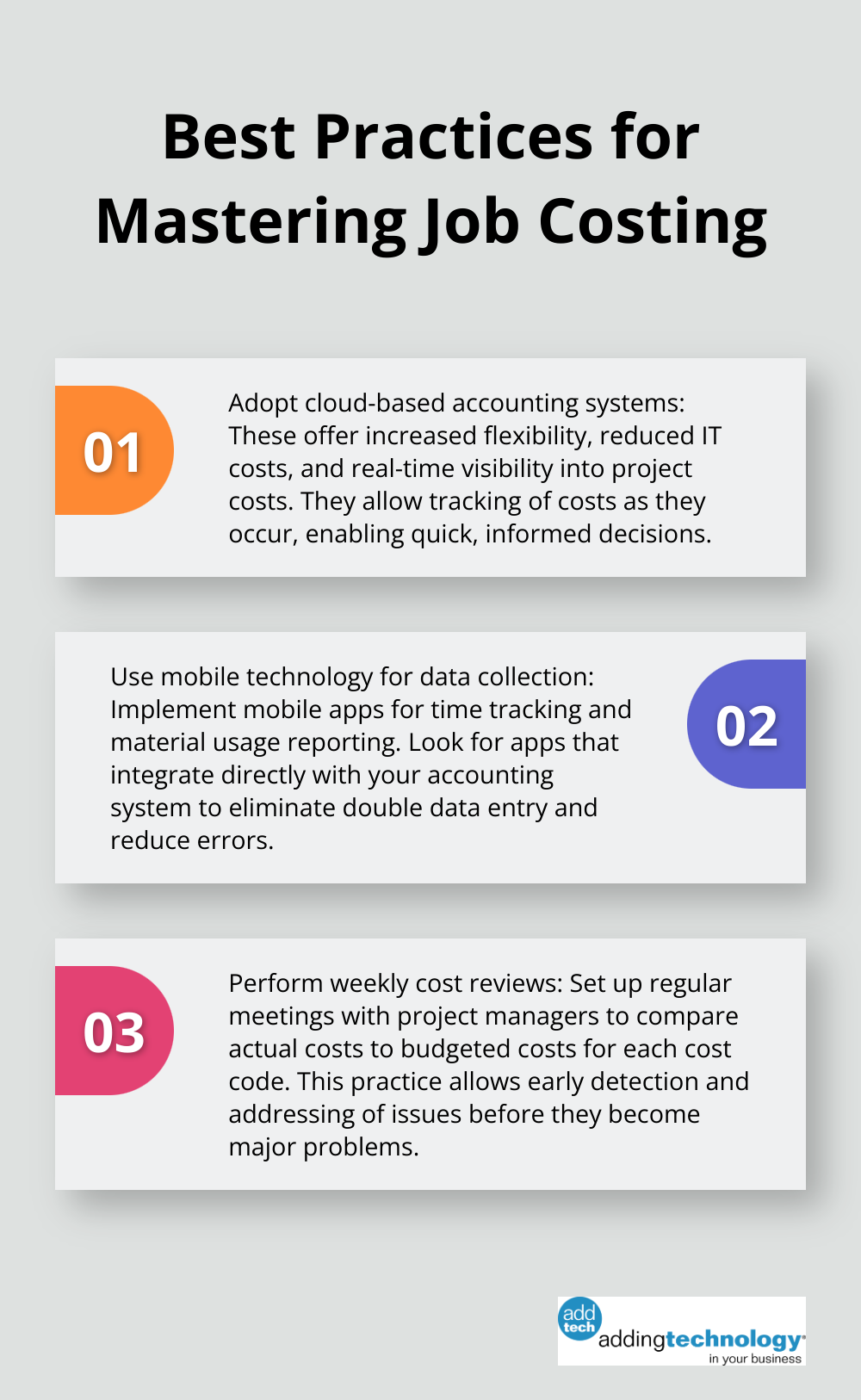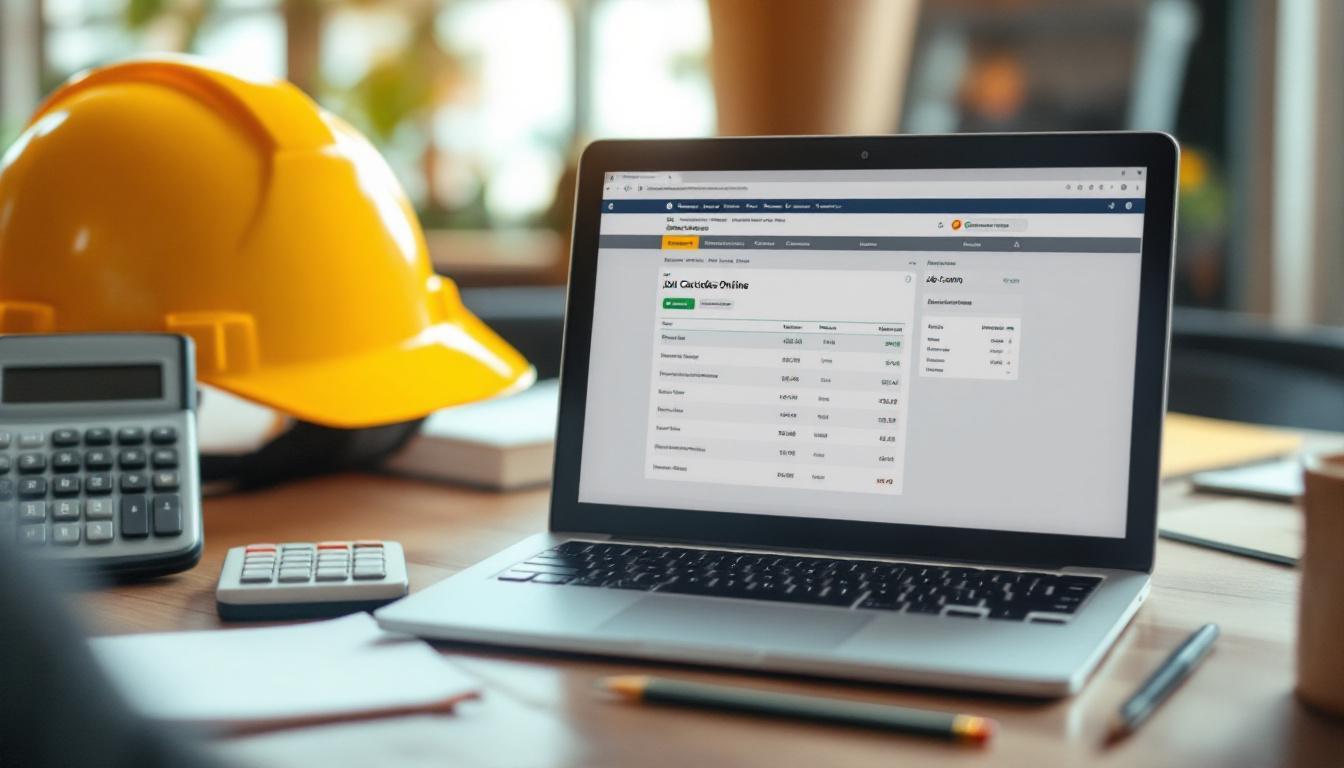
At adding technology, we understand the critical role job costing plays in construction project management. Job costing is a method that tracks the expenses of specific projects, enabling businesses to accurately estimate costs and maintain profitability. What is an example of job costing? From residential home construction to commercial office renovations, we’ll explore real-world applications in this post.
We’ll also share best practices to help you implement effective job costing strategies in your construction business.
Job costing forms the backbone of accounting in the construction industry. This method tracks and allocates costs to specific projects or jobs, enabling construction companies to understand the true cost of each project they undertake.
Job costing in construction typically revolves around three main components:
Accurate job costing is vital for construction businesses. It allows companies to:
According to the Construction Financial Management Association, builders typically achieve an average pre-tax net profit of 1.4% to 2.4%.

To implement effective job costing, construction companies need a system that can:
Many construction companies struggle with manual job costing methods. A survey by Sage revealed that 30% of construction businesses still use spreadsheets for job costing, which often leads to errors and inefficiencies.
Specialized construction accounting software can automate much of the job costing process, reducing errors and providing real-time insights. These tools transform job costing from a necessary task into a powerful tool for growth and profitability.
Modern technology plays a significant role in enhancing job costing accuracy and efficiency. Cloud-based solutions allow real-time data entry and access from any location, while mobile apps enable field workers to input time and material usage directly from the job site.
Artificial Intelligence (AI) and Machine Learning (ML) are also making their way into job costing systems. These technologies can analyze historical data to predict potential cost overruns and suggest optimizations, further improving project profitability.
As we move forward, let’s explore some real-world examples of job costing in action across various construction projects.
Residential home construction exemplifies the power of job costing. For a typical 2,500 square foot home, costs range from $250,000 to $500,000 (depending on location and finishes). A homebuilder we collaborated with faced cost overruns. After implementing detailed job costing, they uncovered that framing costs exceeded estimates by 20% due to material waste. This insight prompted an adjustment in their material ordering process, which cut framing costs by 15% on future projects.
Commercial renovations present unique challenges, often requiring work around existing structures and occupied spaces. In a recent office renovation project, our client used job costing to track expenses across different building areas. This granular approach revealed consistent budget overruns in HVAC upgrades. Further investigation showed that existing ductwork needed more extensive modifications than initially anticipated. This information allowed the company to refine their estimation process for future projects, resulting in more accurate bids and improved profitability.
Large-scale infrastructure projects, such as bridge construction, demand meticulous job costing due to their complexity and long duration. FHWA estimates that the cost to replace poor bridges totals $69.7 billion, while rehabilitation costs are $47.4 billion. A state transportation department implemented real-time job costing on a major bridge project. This strategy allowed them to identify a potential cost overrun in steel prices early in the project. As a result, they negotiated bulk purchasing agreements, saving over $2 million on material costs.

Job costing also proves valuable in custom manufacturing settings. A custom furniture maker we worked with struggled with pricing their unique pieces. Through detailed job costing, they tracked time spent on design, material costs, and overhead for each piece. This approach revealed that intricate inlay work consumed more time than estimated, affecting profitability. The company adjusted their pricing strategy for these high-end pieces, increasing margins without losing customers.
Landscaping companies benefit greatly from job costing. One company we assisted found that certain types of projects (like water features) consistently underperformed financially. Job costing is crucial for landscape companies to improve growth and profitability. The company responded by providing specialized training to their team, which improved efficiency and brought these projects back into profitable territory.
These real-world examples demonstrate the transformative power of accurate job costing across various construction and manufacturing scenarios. The next section will explore best practices to implement effective job costing in your business, regardless of your specific niche in the construction industry.
Cloud-based accounting systems designed for construction offer numerous benefits over traditional on-premise solutions, including increased flexibility, reduced IT costs, and real-time visibility into project costs.
These systems allow you to track costs as they occur, not days or weeks later. This real-time data empowers you to make informed decisions quickly, potentially saving thousands on each project.
Your team in the field is your first line of defense against cost overruns. Mobile apps for time tracking and material usage reporting can enhance communication and project management, contributing to overall productivity and efficiency.
Look for apps that integrate directly with your accounting system. This integration eliminates double data entry and reduces errors. Some companies have seen a significant reduction in payroll processing time after implementing a mobile time tracking solution.
Don’t wait until the project is over to analyze costs. Set up weekly cost reviews with your project managers. During these meetings, compare actual costs to budgeted costs for each cost code.
These reviews allow you to catch and address issues early, before they turn into major problems.
Your job costing system is only as good as the people using it. Invest in comprehensive training for your staff on proper cost allocation and the use of your accounting software.
This investment pays off in more accurate job costing, better decision-making, and ultimately, improved profitability.
Use advanced analytics tools to gain deeper insights from your job costing data. These tools can help you identify trends, predict potential issues, and optimize your processes.
For example, you might discover that certain types of projects consistently underperform financially. With this information, you can adjust your bidding strategy or improve your processes for these project types.

Job costing forms the cornerstone of financial success in the construction industry. We explored what job costing is and examined real-world examples across various projects, from residential home construction to bridge building. This method can transform project management and profitability, enabling precise project pricing, early detection of cost overruns, and data-driven decision-making.
The construction industry evolves, and financial management practices must follow suit. Modern technologies and methodologies for job costing are no longer optional-they are necessary for survival and growth in today’s competitive landscape. Cloud-based systems, mobile apps, and advanced analytics tools revolutionize how we track and analyze project costs.
At Adding Technology, we help construction businesses implement robust job costing systems. Our expertise in construction accounting and financial management can help you streamline your processes, improve cost visibility, and boost your profitability. Effective job costing provides insights that drive better business decisions, so start implementing these strategies today.












At adding technology, we know you want to focus on what you do best as a contractor. In order to do that, you need a proactive back office crew who has financial expertise in your industry.
The problem is that managing and understanding key financial compliance details for your business is a distraction when you want to spend your time focused on building your business (and our collective future).
We understand that there is an art to what contractors do, and financial worries can disrupt the creative process and quality of work. We know that many contractors struggle with messy books, lack of realtime financial visibility, and the stress of compliance issues. These challenges can lead to frustration, overwhelm, and fear that distracts from their core business.
That's where we come in. We're not just accountants; we're part of your crew. We renovate your books, implement cutting-edge technology, and provide you with the real-time job costing and financial insights you need to make informed decisions. Our services are designed to give you peace of mind, allowing you to focus on what you do best - creating and building.
Here’s how we do it:
Schedule a conversation today, and in the meantime, download the Contractor’s Blueprint for Financial Success: A Step by-Step Guide to Maximizing Profits in Construction.” So you can stop worrying about accounting, technology, and compliance details and be free to hammer out success in the field.